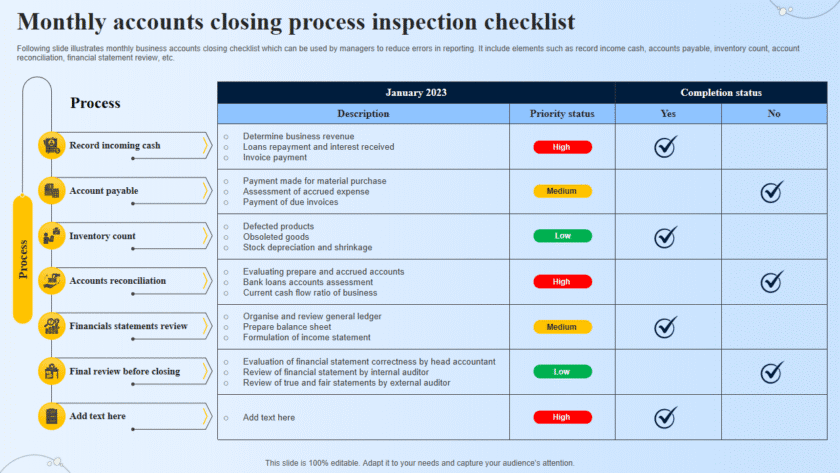Remote team management involves overseeing and coordinating a team of employees working from different locations. It comes with unique challenges such as maintaining communication, ensuring accountability, fostering collaboration, and sustaining engagement. Effective management strategies, along with the right tools, can help remote teams perform at their best. Here are key approaches and best practices for managing remote teams:
1. Clear Communication
Maintaining open and consistent communication is vital for remote teams.
- Establish Clear Channels: Use tools like Slack, Microsoft Teams, or Google Chat to keep communication organized. Define which channels should be used for specific purposes (e.g., project discussions, company announcements, casual chats).
- Set Communication Guidelines: Determine the expected response times and communication norms (e.g., “respond to messages within 2 hours” or “use email for formal communication”).
- Foster Transparency: Keep the team informed about company updates, changes, and goals to maintain alignment. Use video conferencing tools like Zoom or Google Meet for important updates.
Best Practices: Encourage regular check-ins and use both synchronous (real-time) and asynchronous communication based on team needs and time zones.
2. Trust and Autonomy
Trust your team members to do their work and give them the freedom to manage their time.
- Focus on Outcomes: Rather than micromanaging or focusing on “hours worked,” shift the focus to outcomes and goals. Set clear expectations and deadlines for tasks.
- Foster Accountability: Use project management tools like Asana, Trello, or Monday.com to assign tasks, set deadlines, and track progress. This keeps everyone accountable and gives visibility to what is being worked on.
- Encourage Self-Management: Equip team members with time management tools such as Toggl or Clockify to help them monitor and manage their own productivity.
Best Practices: Trust is key in remote work. By empowering employees to work independently, you foster a culture of responsibility and ownership.
3. Regular Check-ins and One-on-Ones
Frequent check-ins help ensure that everyone is aligned and that individual concerns are addressed.
- Team Meetings: Schedule regular team meetings (e.g., weekly or bi-weekly) to discuss progress, share updates, and resolve any roadblocks. Use video conferencing tools like Microsoft Teams or Google Meet.
- One-on-Ones: Hold regular one-on-one meetings with team members to understand their challenges, provide feedback, and offer support. This also helps to strengthen relationships with remote employees.
- Standup Meetings: Daily or weekly standups (short status meetings) using tools like Slack or Zoom help teams stay aligned and keep projects on track.
Best Practices: Maintain a balance between group meetings and individual check-ins to foster both team cohesion and personal connection.
4. Use the Right Collaboration Tools
Remote teams need tools that facilitate collaboration, document sharing, and project management.
- Project Management: Use tools like Trello, Asana, or Basecamp to assign tasks, track progress, and organize workflows. These tools ensure that all team members are aware of project timelines and individual responsibilities.
- Document Collaboration: Tools like Google Drive, Dropbox, and Microsoft OneDrive enable teams to collaborate on documents and files in real time. Notion or Confluence can also be used to create and share knowledge bases.
- Collaboration on Visual Work: Platforms like Miro or Figma can help teams collaborate on brainstorming, design, or product development remotely, providing real-time updates and feedback.
Best Practices: Select tools that suit your team’s needs and ensure everyone is trained in how to use them effectively.
5. Foster Team Culture
Remote teams can sometimes feel disconnected, so creating a strong team culture is essential.
- Virtual Socializing: Organize virtual coffee breaks, happy hours, or team-building activities to foster personal connections. Platforms like Donut (for random coffee chats) and games like Jackbox can make virtual social events fun and engaging.
- Celebrate Milestones: Acknowledge achievements, project completions, and personal milestones (e.g., birthdays) to create a sense of camaraderie. Use tools like Bonusly for peer recognition or simply celebrate through team chats or video calls.
- Encourage Collaboration: Pair team members for mentorship or cross-collaboration projects to foster deeper relationships and knowledge sharing.
Best Practices: Building a remote team culture requires intentionality. Engage team members in social activities and create opportunities for informal interaction to strengthen bonds.
6. Provide Clear Goals and Performance Metrics
Setting clear goals and measurable outcomes helps remote teams stay focused and aligned.
- Set SMART Goals: Ensure that team objectives are Specific, Measurable, Achievable, Relevant, and Time-bound (SMART). This provides clarity on what needs to be accomplished and when.
- Key Performance Indicators (KPIs): Use KPIs to measure the performance of team members and the overall progress of the team. Regularly review these metrics and provide feedback on areas that need improvement.
- Use OKRs (Objectives and Key Results): Implement OKRs to align individual efforts with broader organizational goals. This helps team members see how their work contributes to overall company success.
Best Practices: Clearly defined goals and transparent performance tracking ensure that everyone is aligned and working toward the same objectives.
7. Provide the Right Tools and Support
Make sure your team has access to the tools, software, and resources they need to work effectively from home.
- Tech Support: Ensure that remote workers have the technical support they need to troubleshoot any hardware or software issues. Providing access to IT support and help desks is crucial.
- Hardware and Software: Provide employees with necessary hardware (e.g., laptops, webcams) and software tools (e.g., VPNs for secure connections, collaboration tools) to optimize their work environment.
- Ergonomic Support: Some companies offer stipends for remote workers to create ergonomic home office setups (e.g., standing desks, comfortable chairs).
Best Practices: Ensure your team is equipped to work efficiently and comfortably, and provide ongoing technical support when needed.
8. Time Zone Management
If you’re managing a global team, you’ll need to navigate different time zones effectively.
- Overlap Hours: Find common working hours where the majority of the team is available, even if for a few hours, to allow for synchronous communication and collaboration.
- Asynchronous Workflows: Encourage asynchronous communication for tasks that don’t require real-time collaboration. Tools like Slack and Trello can help teams leave updates and feedback for others to review in their own time.
- Shared Calendars: Use shared calendars to schedule meetings that respect everyone’s availability. Tools like Google Calendar or Outlook allow team members to see when colleagues in different time zones are available.
Best Practices: Respect time zones by scheduling meetings that work for everyone and leveraging asynchronous workflows whenever possible.
9. Mental Health and Well-being
Remote work can blur the lines between personal and professional life, so it’s important to support employees’ well-being.
- Encourage Work-Life Balance: Encourage your team to take breaks, log off at appropriate times, and avoid working late hours to prevent burnout.
- Promote Wellness: Offer access to wellness programs or encourage activities like mindfulness sessions or exercise breaks. Platforms like Calm and Headspace offer meditation and stress-relief resources.
- Check In on Well-Being: Regularly check in with team members about their mental health and work-life balance. Make sure they feel supported in maintaining a healthy work environment.
Best Practices: Foster an environment where employees feel comfortable discussing work-life challenges, and provide resources to support their well-being.
Conclusion:
Managing a remote team requires a combination of clear communication, trust, the right tools, and a supportive culture. By focusing on these key strategies—communication, accountability, well-being, and culture—you can effectively lead a remote team to success, ensuring that productivity, collaboration, and team morale remain high, even in a distributed work environment.






